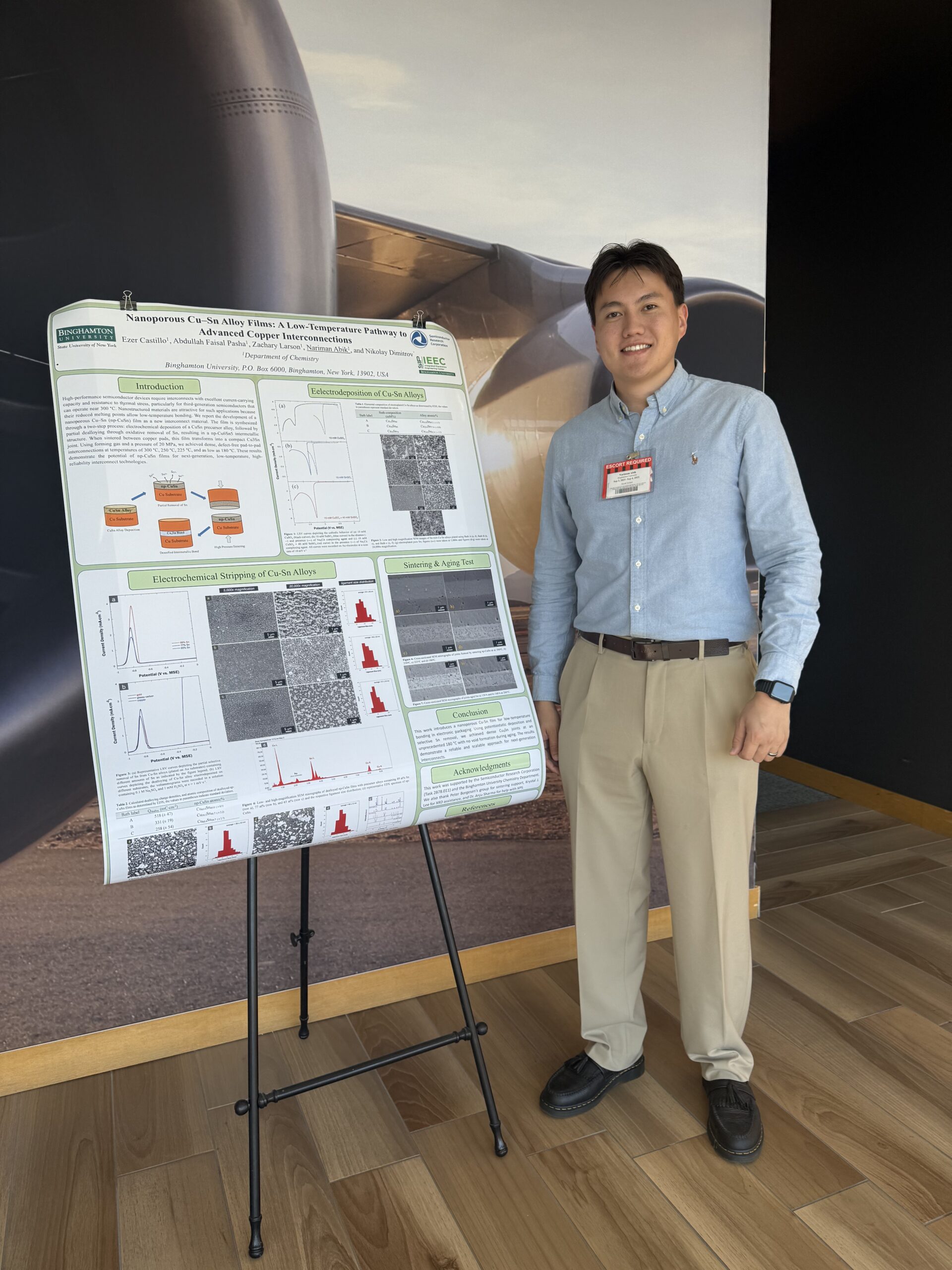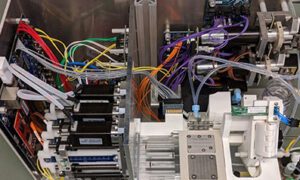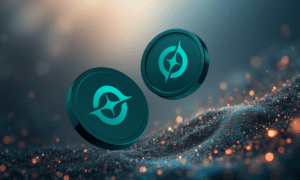When Nariman Abik left Kazakhstan, he did more than change his address he charted a new direction. What once seemed to him as mere chemical equations evolved into a language describing how energy is born and how it can return into the cycle. Today, Nariman Abik is an electrochemist developing advanced methods for recycling lithium-ion batteries, reclaiming nickel, cobalt, and other critical elements that bolster the clean energy transition.
“I grew up in a country where natural resources shaped national identity. But over time I realized that knowing how to restore them is equally important,” he says.
Science Born from Practice
Nariman Abik began his career in organic chemistry, focusing on synthesis and analytical methods. That training instilled in him a sense of precision how to control side-reactions, purity, yields, and reproducibility. Gradually, he transitioned into electrochemistry where charge, ions, and kinetics interplay.

In his lab, Nariman works with electrodeposition: under applied potentials, metal ions settle onto electrodes. He finely tunes parameters like potential, current density, solution composition, temperature, pH, and additives. After deposition, he analyzes the films using scanning electron microscopy (SEM) and other tools. Every variable matters only by controlling impurity levels, crystallization dynamics, and coulombic efficiency can laboratory success be scaled toward industrial relevance.
From Lab to Innovation
But Nariman’s work is not just academic. He aims to bridge fundamental science and real-world challenges by:
- Improving selectivity in separating nickel and cobalt, reducing losses and contamination
- Lowering energy consumption in recycling processes
- Minimizing byproducts and waste streams to reduce environmental impact
His work forms a bridge between bench-scale electrochemistry and solutions that industry needs for closed-loop, sustainable battery systems.
A Fusion of Cultures, Approaches, and Opportunities
The move from Almaty, Kazakhstan to the United States of America was not just a shift in geography it was a blending of scientific traditions. Nariman integrates the perseverance, foundational training, and elemental thinking shaped in Kazakhstan with the expansive infrastructure, collaborative culture, and cutting-edge resources available in the U.S. That synergy has become his scientific signature someone who looks beyond national boundaries, building bridges between ideas and applications.
Today, Nariman is focused on increasing the efficiency of electrochemical recovery of nickel and cobalt and exploring novel cathode materials. But his mission is broader: to make electrochemistry a pillar of sustainable development not just to understand reactions, but to translate them into systems that reshape industry, energy, and humanity’s relationship with resources.
Nariman’s story is less about emigration and more about evolution: how a young scientist from the steppes of Kazakhstan is helping to forge a future where every spent battery is not an end, but a new beginning.
Scientific Mission and Strategic Significance in the U.S.
Nariman’s journey exemplifies how knowledge originating in Kazakhstan can evolve into strategically impactful advances in the U.S. His work in battery recycling intersects with priorities of energy resilience, resource independence, and sustainable innovation.
By combining materials science, electrochemical engineering, and applied research, he is positioning solutions that can:
- Strengthen domestic supply chains of critical battery metals
- Reduce reliance on imported raw materials
- Accelerate the transition to a circular economy for energy storage systems
These goals resonate with federal initiatives. The U.S. Department of Energy’s Battery Manufacturing and Recycling Grants program has allocated $3 billion to support domestic battery and recycling infrastructure.
Further, DOE’s Battery and Critical Mineral Recycling Program sets out to fund research, development, and demonstrations to expand reuse and recycling of batteries.
The National Renewable Energy Laboratory’s Battery Recycling Supply Chain Analysis underscores that manufacturing scrap and end-of-life batteries can become major domestic sources of critical metals, thereby enhancing supply chain resilience.
In short, Nariman’s research is not just scientifically advanced it aligns squarely with national priorities. In an era where materials, energy, and sustainability converge, researchers like him don’t just advance knowledge they help define the trajectory of technological leadership.


































